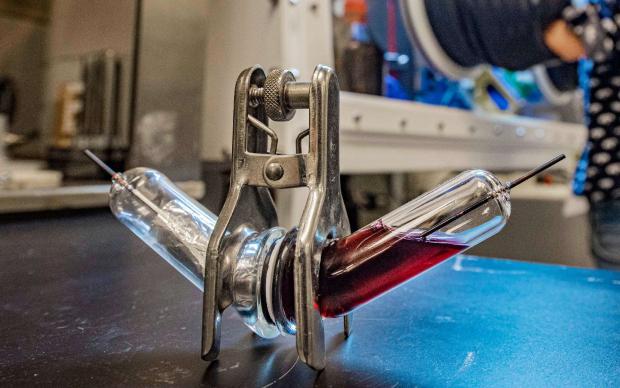
Breaking News
 Liminality: Truthstream Media's Lost History Film | Coming Fourth of July 2026
Liminality: Truthstream Media's Lost History Film | Coming Fourth of July 2026
 This Man Just Explained LA Riots PERFECTLY
This Man Just Explained LA Riots PERFECTLY
Top Tech News
 NVIDIA just announced the T5000 robot brain microprocessor that can power TERMINATORS
NVIDIA just announced the T5000 robot brain microprocessor that can power TERMINATORS
 Two-story family home was 3D-printed in just 18 hours
Two-story family home was 3D-printed in just 18 hours
 This Hypersonic Space Plane Will Fly From London to N.Y.C. in an Hour
This Hypersonic Space Plane Will Fly From London to N.Y.C. in an Hour
 Magnetic Fields Reshape the Movement of Sound Waves in a Stunning Discovery
Magnetic Fields Reshape the Movement of Sound Waves in a Stunning Discovery
 There are studies that have shown that there is a peptide that can completely regenerate nerves
There are studies that have shown that there is a peptide that can completely regenerate nerves
 Swedish startup unveils Starlink alternative - that Musk can't switch off
Swedish startup unveils Starlink alternative - that Musk can't switch off
 Video Games At 30,000 Feet? Starlink's Airline Rollout Is Making It Reality
Video Games At 30,000 Feet? Starlink's Airline Rollout Is Making It Reality
 Automating Pregnancy through Robot Surrogates
Automating Pregnancy through Robot Surrogates
 Grok 4 Vending Machine Win, Stealth Grok 4 coding Leading to Possible AGI with Grok 5
Grok 4 Vending Machine Win, Stealth Grok 4 coding Leading to Possible AGI with Grok 5
New molten salt battery for grid-scale storage runs at low temp and cost

One potential solution is known as a molten salt battery, which offers advantages that lithium batteries do not, but have their share of kinks to iron out, too. Scientists at Sandia National Laboratories have come up with a new design that addresses a number of these shortcomings, and demonstrated a working molten salt battery that can be constructed far more cheaply, while storing more energy, than currently available versions.
Storing vast amounts of energy in a cheap and efficient manner is the name of the game when it comes to powering whole cities with renewable energy, and despite its many strengths, this is where expensive lithium battery technology falls short. Molten salt batteries shape as a more cost-effective solution, which use electrodes kept in a molten state with the help of high temperatures. This is something that the Sandia scientists have been working to change.
"We've been working to bring the operating temperature of molten sodium batteries down as low as physically possible," says Leo Small, the lead researcher on the project. "There's a whole cascading cost savings that comes along with lowering the battery temperature. You can use less expensive materials. The batteries need less insulation and the wiring that connects all the batteries can be a lot thinner."
In their commercial form, these batteries are known as sodium-sulfur batteries, and a few of these have been developed around the world but generally operate at 520 to 660 °F (270 to 350 °C). The Sandia team have set their sights much lower, although doing so required a rethink as the chemistries that work at high temperatures don't lend themselves well to lower temperatures.

 Law n' Order
Law n' Order EMP and EMF-Free Vehicles
EMP and EMF-Free Vehicles HERE COMES THE MOTHERSHIP
HERE COMES THE MOTHERSHIP

